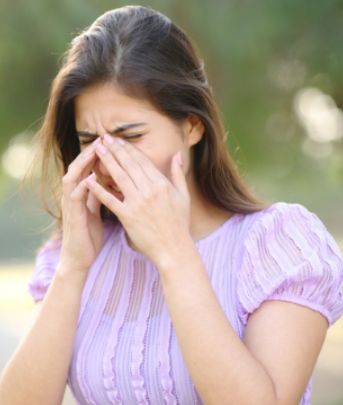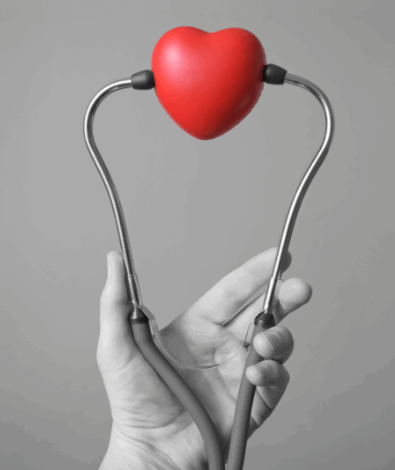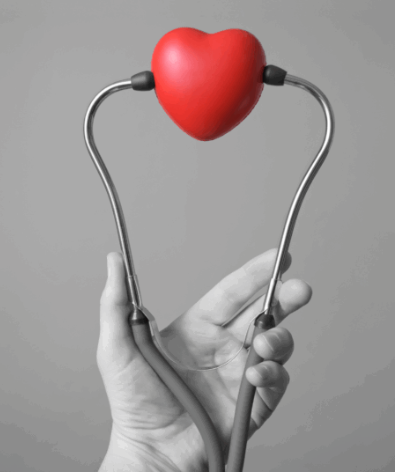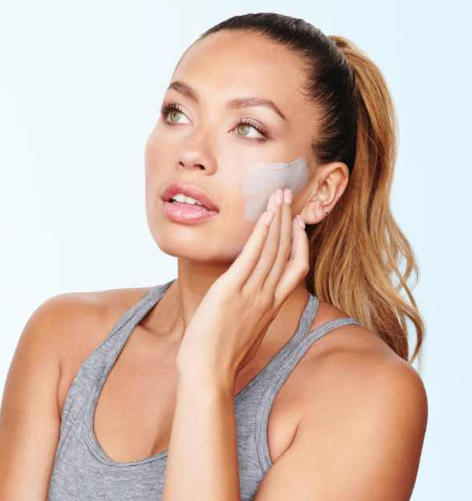
Spring Allergy Season: How to Minimize Symptoms and Take Control
Spring is a welcome shift for many, with longer days and blooming flowers—but for allergy sufferers, it can also mean a return of sneezing fits, congestion, and itchy, watery eyes. As trees and plants release pollen into the air, millions of Americans experience allergic reactions that can disrupt daily life. These reactions vary depending on personal sensitivities, regional plant life, and even life changes like moving to a new climate or hormonal shifts.
A Widespread Concern in the U.S.
Spring allergies affect a large portion of the population:
- Around 25% of adults deal with seasonal allergies
- Roughly 20% of children experience symptoms
- Over $3 billion is spent each year on treatments related to pollen allergies
Symptoms You Might Notice
Due to shifting climate patterns, allergy season now tends to begin about three weeks earlier than it did a few decades ago. The result? A longer period of discomfort for many. The most common allergic reactions in spring include:
Allergic Rhinitis (Hay Fever):
- Frequent sneezing
- Nasal congestion
- Runny nose or postnasal drip
- Dry, persistent cough
- Sinus pressure and headaches
Allergic Conjunctivitis:
- Redness in the eyes
- Tearing
- Itchy or irritated eyes
Reducing Your Exposure to Pollen
Pollen counts fluctuate based on weather and time of year. By checking pollen forecasts in your area, you can make informed decisions to avoid high-exposure times. Here are practical ways to reduce contact with allergens:
- Avoid going outside when pollen levels are high
- Keep windows closed, especially in the morning when pollen is most active
- Use air filters specifically rated for allergy or asthma control
- Wear a mask when outdoors for prolonged periods
- Shower, wash your hair, and change clothes after being outside
- Bathe pets frequently and keep them off your bed
- Wash sheets weekly in hot water
- Use nasal saline rinses regularly to clear out allergens
Exploring Your Treatment Options
If minimizing exposure isn’t enough, several treatments can help manage allergy symptoms. Discuss the best approach with a healthcare provider based on the intensity and type of symptoms.
Nasal Steroid Sprays:
Ideal for moderate to severe symptoms, these sprays reduce inflammation when started a week or two before allergy season begins. For maximum effect, aim the nozzle outward toward the ear canal rather than straight up the nose. To counteract dryness and prevent nosebleeds, pair them with saline sprays.
Antihistamines:
These are available as pills, nasal sprays, or eye drops and work fast to ease itching and swelling. Older antihistamines like diphenhydramine may cause drowsiness and other cognitive side effects. Newer versions like loratadine or cetirizine are less likely to make you sleepy but can still lead to dryness or constipation.
Decongestants:
Pseudoephedrine is effective for short-term nasal congestion but can raise blood pressure and isn’t suitable for daily use. Another option, oxymetazoline spray, provides fast relief but should be used for no more than three or four days in a row to avoid dependency and rebound congestion.
Immunotherapy:
For persistent, worsening allergies that interfere with daily life, immunotherapy might be the best route. This long-term treatment involves gradually increasing exposure to allergens through injections or sublingual tablets. It helps your immune system build tolerance over time and is especially useful when medications alone aren’t enough.
While spring allergies can be frustrating, staying informed and prepared can make all the difference. With the right combination of prevention and treatment, you can breathe easier and enjoy the season without letting symptoms take over.






